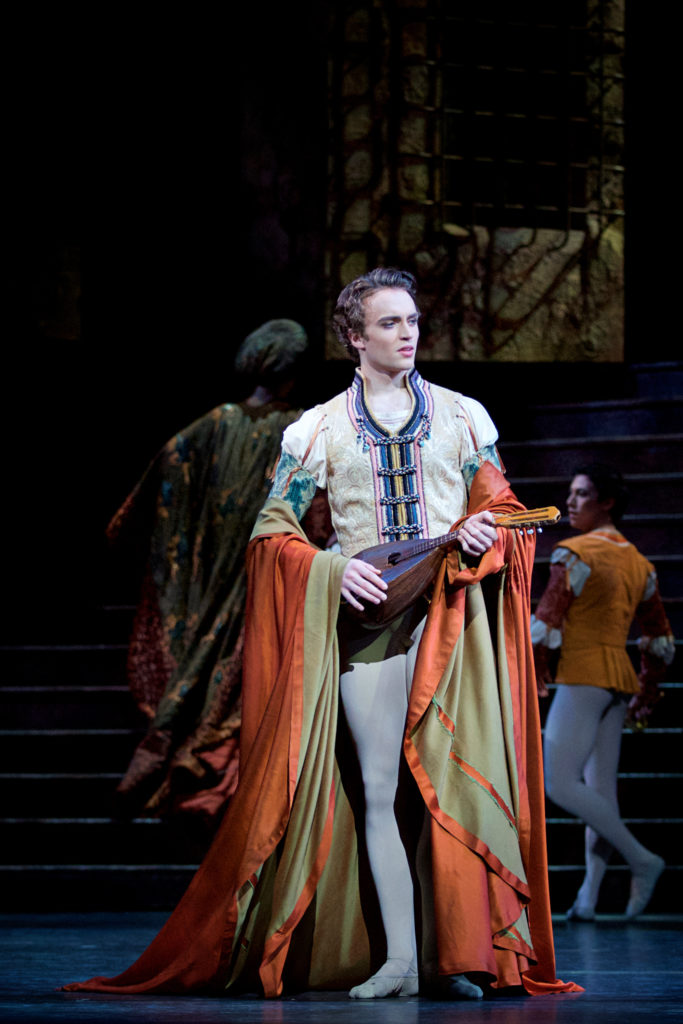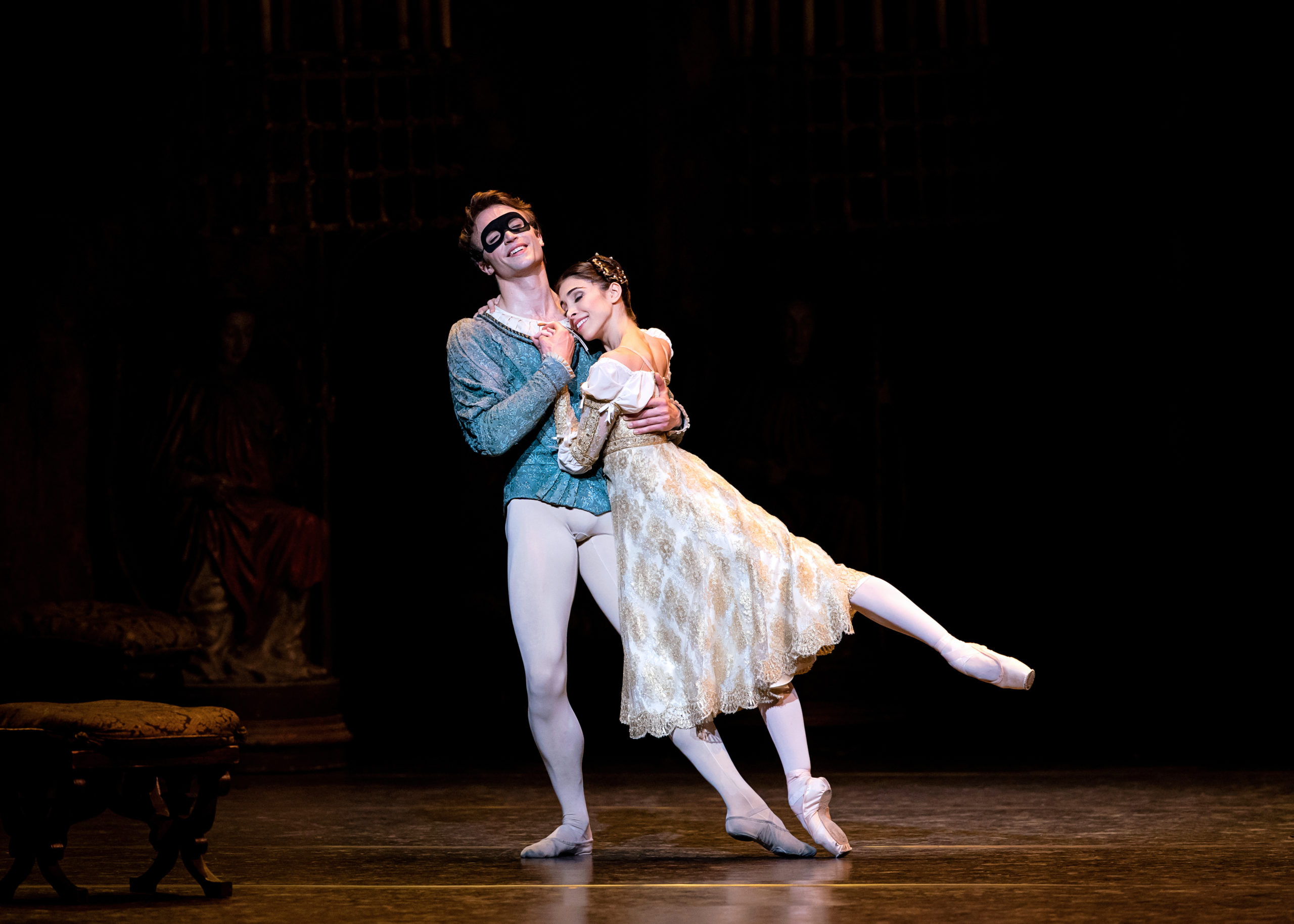Dancing Romeo: How Royal Ballet Principal Matthew Ball Approaches This Iconic Role
Romeo has a special place in my heart. I made my debut in 2015, after I had just received my promotion to First Artist. It was the first big role that I got the opportunity to dance.
The story of Romeo and Juliet is something I grew up with. I read the play at school and on more than one occasion since, and have seen several productions. I find Shakespeare’s words help me tell the story. The fight and death scene at the end of Act II is one of my favorite moments. It’s raw and cathartic. Just before I fight Tybalt, I think of the line “I’m fortune’s fool,” and carry it forward because it captures how destiny is dragging the story to its end.

The text is a helpful tool because Romeo is a complex character. When you first see him onstage, he’s playing the foolish lover—infatuated with Rosaline, and then in the town square dancing with harlots. But the moment when Juliet comes into his life, there’s a certainty and honesty about it—he knows what he’s going to do. It’s a big transition. What was playful becomes sink-or-swim, and the stakes keep rising.
There’s big dramatic scenes, but a lot of important moments for Romeo, like when he first sees Juliet or when Tybalt and Mercutio fight, happen on the side of the stage, watching and reacting to events that drive the story. Sir Kenneth MacMillan, the choreographer, understood how effective it could be to use stillness and give Prokofiev’s incredible score the space to propel the narrative arc. In those still moments I have to hold my nerve, because the expectation is to always be doing something. It’s a beautiful thing to accept that just “being” is enough.
But the role is still technical and challenging. The partnering is very different from what you learn at school, where you are standing behind the ballerina, assisting for jumps and turns. This is a lot of very close contact. It’s intimate. There’s less sense of selling it to the proscenium arch. In moments that are rather fast or obviously technical, I put corrections in my head, like “screw your right hip into the floor.” That keeps me from overanalyzing. There’s plenty that can go wrong, but I find Romeo easier and more pleasurable than more classical roles. If the step isn’t executed exactly perfectly, well, that’s not the intention—it’s more important to tell the story.
I’ve had the opportunity to dance with two different Juliets: Lauren Cuthbertson, who has been dancing the role for years, and Yasmine Naghdi, who debuted with me. Of course, the steps don’t change with each cast, but the intentions do. Certain moments that might have been perfunctory with one Juliet hold a lot of gravity with the other—something as simple as where our eyes meet, or where you kiss the hand. Maybe the audience blinks and misses those moments, but it makes a big difference for us.
Romeo is a character that you can live with and develop over many years. I don’t think I’ve arrived at a solution to the problem of Romeo, and I don’t want to. I’ll continue to explore it and I love the challenge.





